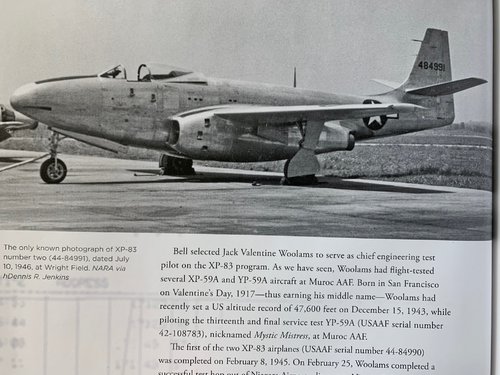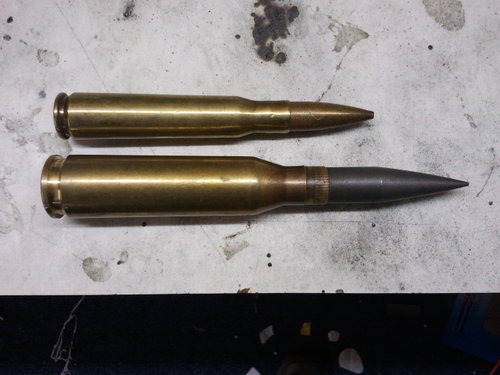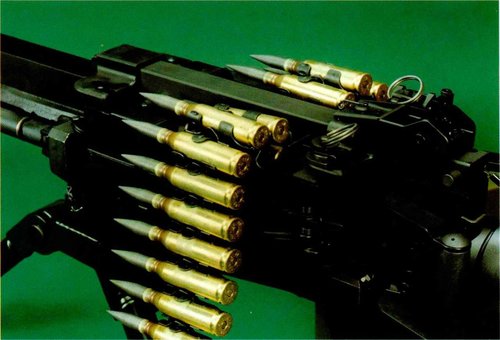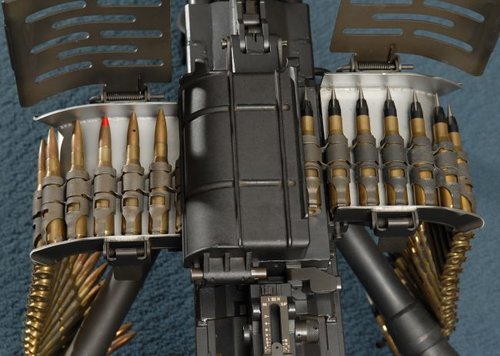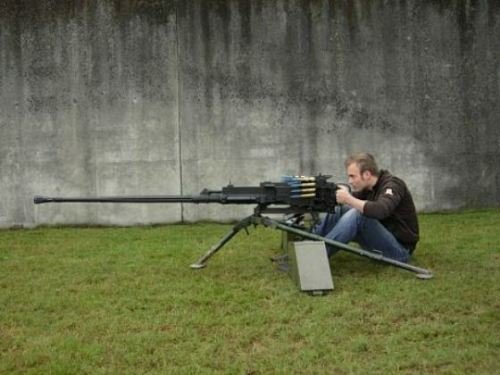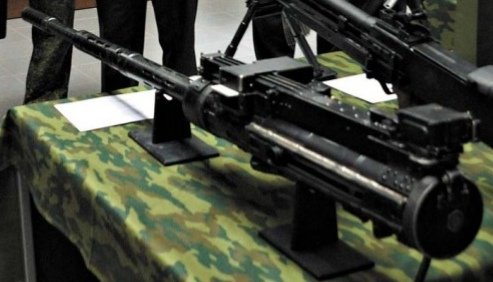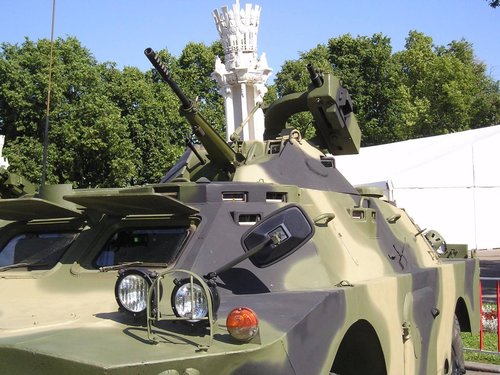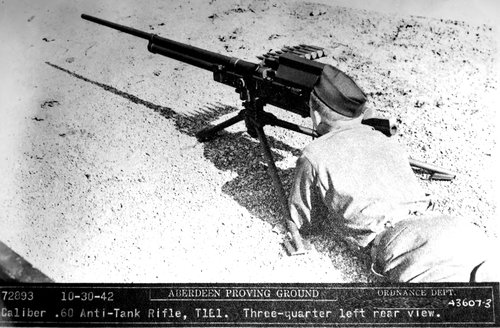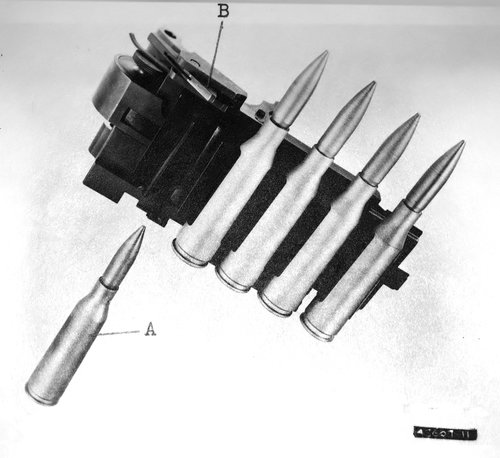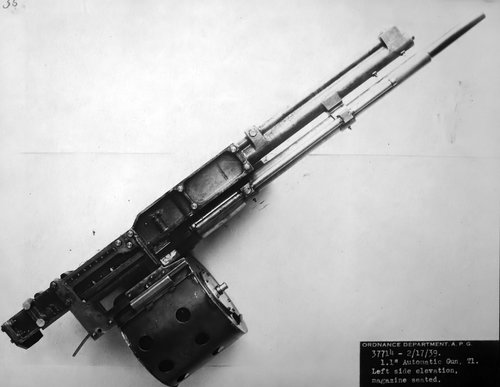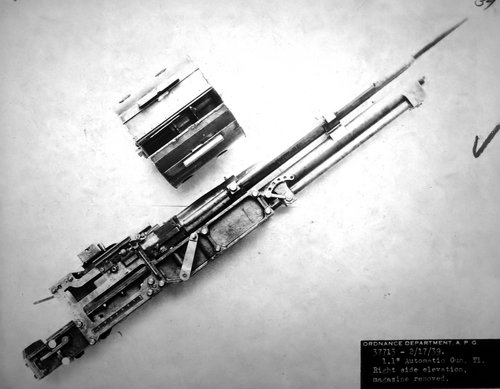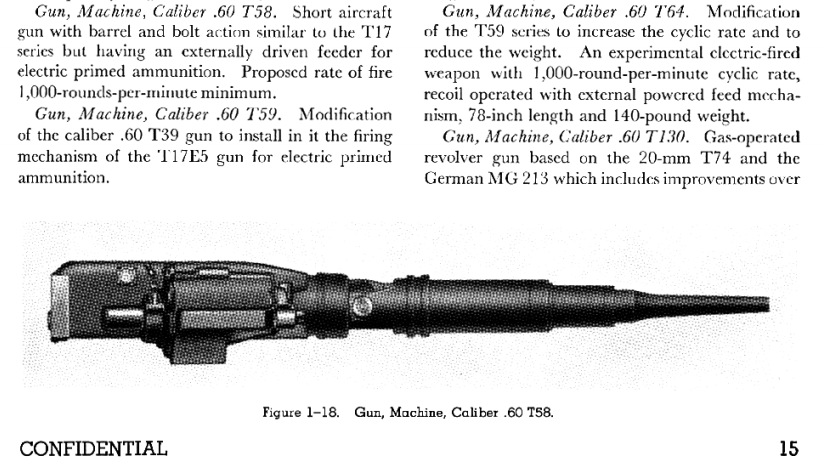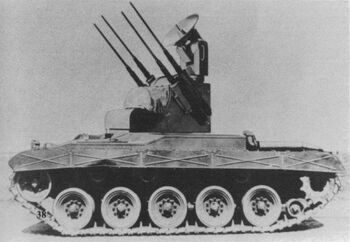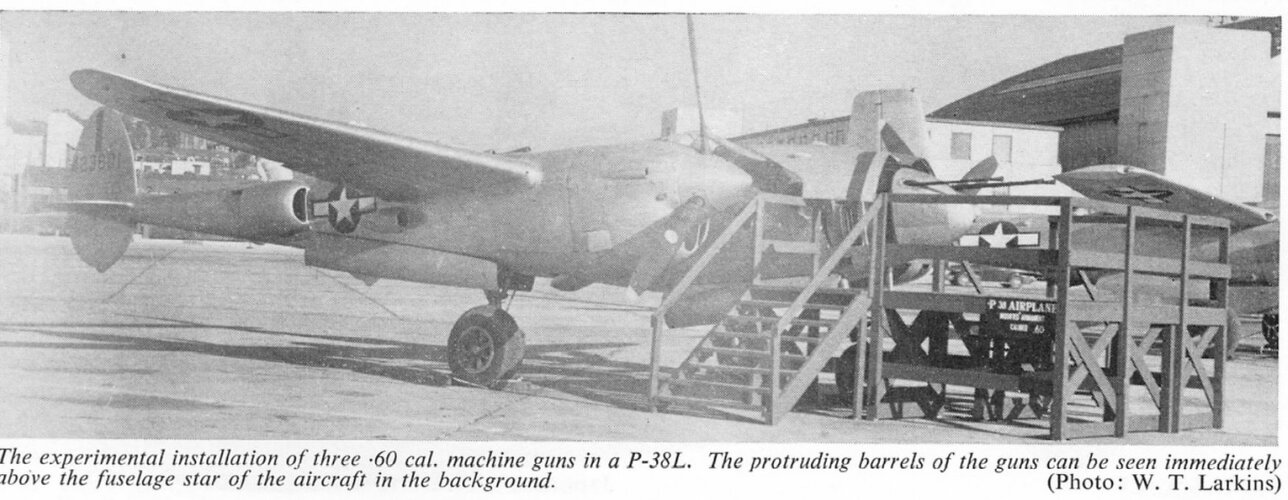- Joined
- 21 May 2006
- Messages
- 2,709
- Reaction score
- 1,625
G'day gents
I am currently reading Experimental & Prototype USAF Jet Fighters - by DennisR. Jenkins & Tony R. Landis!
Whilst reading the section about the Bell XP-83 (D-16 Stratoshere Fighter), it makes mention of being designed to take a new 0.60-calibrer Heavy Machine Gun!
Does anyone have any information on this machine gun - designation, technical data etc.....?
Regards
Pioneer
I am currently reading Experimental & Prototype USAF Jet Fighters - by DennisR. Jenkins & Tony R. Landis!
Whilst reading the section about the Bell XP-83 (D-16 Stratoshere Fighter), it makes mention of being designed to take a new 0.60-calibrer Heavy Machine Gun!
Does anyone have any information on this machine gun - designation, technical data etc.....?
Regards
Pioneer

